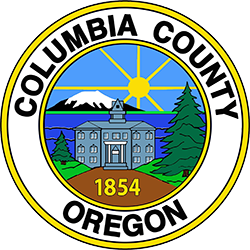What is an Earthquake?
Earthquakes 101
Earthquakes occur when the tectonic plates that cover the globe interact with each other. The tectonic plates interact in three different ways:
- Transverse - Plates move past one another in a sliding motion.
- Divergent - Plates pull apart from each other.
- Convergent - Plates crash into each other.
The most dangerous earthquakes occur on convergent plate boundaries. These tend to be the most violent and largest earthquakes. The Ring of Fire, which covers the majority of the Pacific Ocean, is almost entirely a convergent plate boundary. The Ring of Fire accounts for 75 percent of all the earthquakes that occur in the world. The largest earthquake ever recorded was in Chile, within the Ring of Fire, and was measured as a 9.5 in 1960.
A massive earthquake will occur in the Pacific Northwest, as they have during the last 10,000 years. The Cascadia Subduction Zone is a 650-mile convergent plate boundary. Tectonic plates move on cycles, and the CSZ ruptures (has an earthquake) on average every 300 years, though not along the entire 650-mile stretch. The last time the CSZ ruptured was January 26, 1700. If you do some quick math, you can see that we are sitting at 319 years since the last earthquake.

